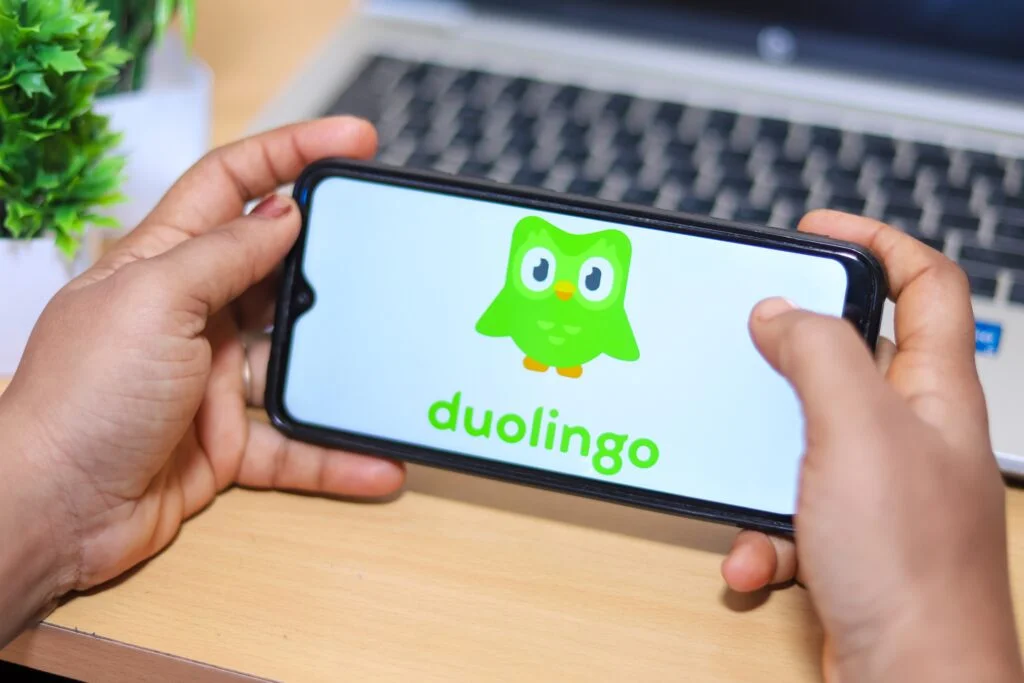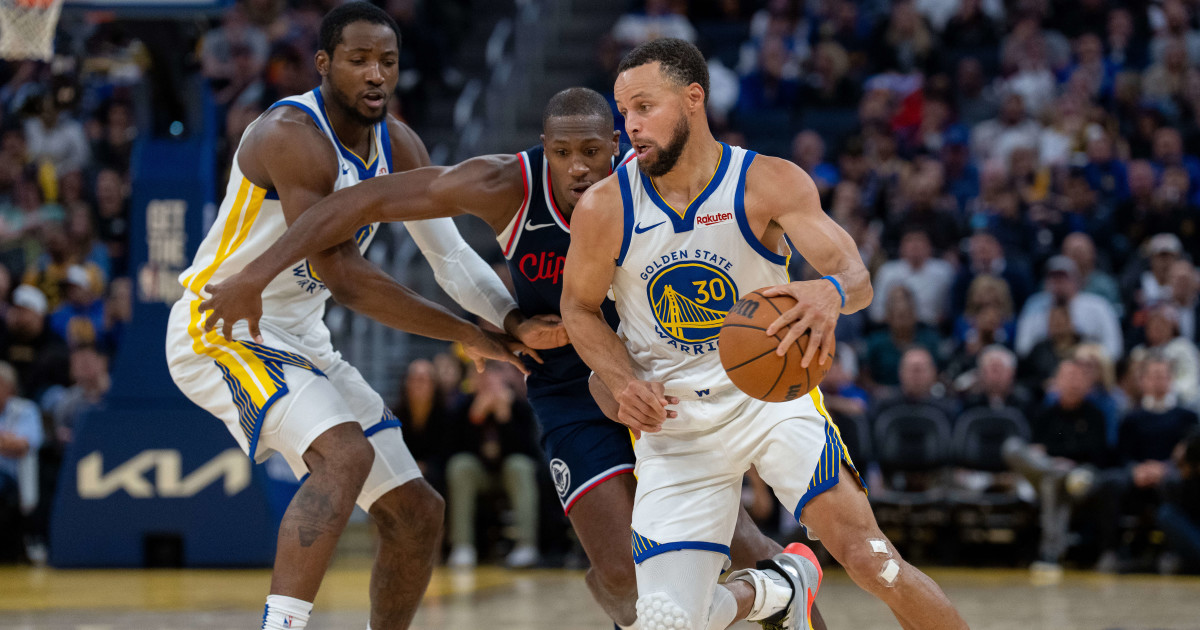Copyright Benzinga

While marketing bravado might make it seem that options traders love earnings season, I have a feeling that, deep down, the real pros hate it. Case in point is Duolingo Inc (NASDAQ:DUOL). On paper, the language-learning app delivered strong financial results. However, it just wasn't strong enough apparently — and this collective disappointment sent the security down about 26% on Thursday. It's a disaster but the red ink may also be a contrarian opportunity. From the headline print, the narrative looked appetizing. Third-quarter revenue landed at $271.7 million, beating out the consensus target of $260.33 million. Further, this tally represented a 41% year-over-year lift, with daily active users climbing 36% to 50.2 million. Further, monthly active users landed at 135.3 million, translating to 20% year-over-year growth. So, what was the problem? Analysts had anticipated daily users to reach 51.2 million and monthly users to hit 137.4 million. While Duolingo integrated a wide range of artificial-intelligence-backed tools, including an interactive video call feature, some experts worried that the new initiatives could take some time for the financial benefits to roll in. To say that investors were disappointed would be an understatement. With today's big drop, DUOL stock finds itself down more than 39%. On a year-to-date basis, the security is down 40%. However, the one silver lining is that the bad news is more than likely baked in. This is the reason why earnings season really stinks. Yes, you can anticipate that the so-called volatility crush may occur. However, you never know the full magnitude of the crush — or even if one will materialize. Like the most recent World Series matchup, the game featured many possible outcomes until one observable reality finally won out. Ugly DUOL Stock Presents A Tempting Opportunity Right now, DUOL stock ranks among the most heavily covered securities due to the severe drop. By using fundamental analysis, some will argue that DUOL represents good value. On the other end, technical analysts may observe that the security has landed on a support line and thus represents a potential buying opportunity. However, the critical vulnerability in these two approaches is that they both look at DUOL stock as a singular, temporal narrative (i.e. left to right on the price chart). An analyst then observes this trend and projects an outcome. This forecast could be correct or it might not be. However, what can be said with certainty is that the outcome is contingent on the expert making the claim. In other words, ask other analysts what they think and you'll probably get a different answer. That's why analyst targets are consensus targets. They are not universal truth claims. On the other end of the epistemological spectrum, quantitative analysis is the study of empirical price behaviors and how they respond to various market stimuli. Stated differently, this methodology quantifies the logic behind the underlying trading decision. On a deeper level, the approach is similar to quantum mechanics in that it recognizes the existence of multiple possibilities until circumstances collapse into one observable reality. If you really want to geek out, quantitative analysis is about establishing the probability of which version of reality within the financial multiverse of possibilities will stand as the ultimate victor. Now, to find this probability, we can't look at price in the "American way" (singular and sequential) but in the Russian axiomatic way; that is, as a distribution of outcomes. Using Russian axioms, we can arrange the forward 10-week median returns of DUOL stock as a distributive curve, with outcomes ranging between $187.50 and $207.50 (assuming an anchor price of $193.85). Further, price clustering would be expected to occur predominantly at around $198. However, DUOL stock is not currently in a homeostatic or baseline state but rather in a highly pressured, distributive state. Quantitatively, it's structured in a 4-6-D formation, having printed four up weeks and six down weeks, with an overall downward slope. Under this sequence, the risk tail extends to almost $180 while the reward tail jumps past $240. Most importantly, price clustering would be expected to occur around $208. That means that there's a 5.05% positive delta in density dynamics, which is an informational arbitrage that's hidden from traditional methodologies. Making The Best Out Of A Nasty Situation I hope you can now understand why at least some options traders hate earnings. This ultimate of exogenous factors can easily unravel years of data science. However, it goes both ways too. Once the ugly news has been baked in, there shouldn't be any nastier surprises for the next three months. That makes Russian axioms arguably more powerful. In terms of balancing cost and reward potential, the 200/210 bull call spread expiring Dec. 19 may arguably be the most enticing idea. This trade will require DUOL stock to rise through the $210 strike at expiration to trigger the maximum payout of nearly 144%. The total debit required is $410, which is very reasonable compared to other spreads for this expiration date. Significantly, the breakeven price lands at $204.10. Under 4-6-D conditions — and assuming that the sentiment regime will hold — this is a realistic target. Further, reaching $210 is well within the total distribution of possible outcomes. The opinions and views expressed in this content are those of the individual author and do not necessarily reflect the views of Benzinga. Benzinga is not responsible for the accuracy or reliability of any information provided herein. This content is for informational purposes only and should not be misconstrued as investment advice or a recommendation to buy or sell any security. Readers are asked not to rely on the opinions or information herein, and encouraged to do their own due diligence before making investing decisions. Read More: Options Corner: Kraft Heinz’s Performance Is Disastrous But Here’s The Catalyst Everyone’s Missing Image: Shutterstock



